10 materials for decorating the facade of a private house
Choose the material and technology for finishing the facade of the house should be at the design stage. The modern market offers a lot of different materials, so it’s not difficult to equip the facade in accordance with a certain budget or design idea. When choosing material for decorating the facade of a private house, two most important factors should be considered. Firstly, the house should be in harmony with the surrounding area, look aesthetically pleasing and in accordance with the tastes of the owner. Secondly, the facade material should become a protection for the house, playing the role of an additional insulation and soundproofing, as well as protecting the supporting structures from moisture, sunlight and other negative influences. Not every finishing material will cope with the tasks, so we will focus on the best options.
Types of facade designs
Among other things, when choosing a facade material, it is necessary to take into account what the building is built of, the principle of organization of the facade decoration may depend on this. For example, for wooden houses it is advised to equip a ventilated facade.
It is customary to divide facades into the following types:
- "Wet" are created with the obligatory use of building mixtures;
- “Dry” facades are arranged thanks to mechanical fasteners (nails, screws, dowels, etc.). This method is more convenient, allows installation at any time of the year, but does not provide the same holistic design as in the previous method.

Depending on whether there is a gap between the external wall of the house and the finishing material, the facades are divided into:
- ventilated;
- unventilated.
Ventilated facades suggest a ventilation gap between the facade material and the wall or insulationif it is used. The gap is necessary for free circulation of air and the removal of excess moisture, which condenses or leaves the house through the walls. The material of the ceiling wall remains completely protected from all atmospheric influences. It is better to equip such a facade when the walls breathe. Non-ventilated facade involves the installation of finishing material directly to the wall. Sometimes facades are classified simply as ventilated and “wet”, although this is not entirely correct.
Now we can move on to materials that are widely used in the decoration of the facade of a private house.
No. 1. Facade plaster
Decorative plaster - most popular and easy way Decorate and protect your home. On the market today there are a lot of plaster compositions, which differ significantly in basic properties and the type of surface obtained. You can find the right material for almost any type of ceiling.
Benefits:
 aesthetics.The choice of plaster compositions is huge, so choosing the one that will best meet the idea of the exterior of the house is not difficult. Also, plaster can be painted in any color;
aesthetics.The choice of plaster compositions is huge, so choosing the one that will best meet the idea of the exterior of the house is not difficult. Also, plaster can be painted in any color;- water resistance. The material does not absorb and does not pass moisture;
- resistance to temperature extremes. All types of plasters tolerate temperature extremes, frost and heat, and are also resistant to direct sunlight;
- excellent heat and sound insulation properties;
- vapor permeability. Through the layer of plaster, excess moisture from the house can safely pass;
- good strength and ability to withstand some mechanical damage, if the installation was carried out in accordance with all the rules;
- ease of installation. Almost everyone can cope with the application of plaster, having minimal training and a great desire. Moreover, no expensive equipment is needed. However, the process will require a lot of time and effort;
- low price. The simplest plaster compositions are inexpensive, although some exclusive types will make you spend.
disadvantages:
All these flaws - cause installation errors. If you responsibly approach plastering facade, the risk of encountering similar problems is greatly reduced.
Depending on the composition of the plaster may have slightly different properties. Most commonly used such types:
- mineral;
- acrylic;
- silicate;
- silicone.
Mineral plaster
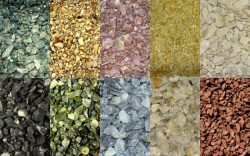 it most affordable, and therefore the most common, plaster composition. In addition to low prices, the material boasts a wide range of colors, excellent resistance to sunlight and the development of microorganisms. Mineral plaster does not burn, therefore, it can be used in cases where a flammable material is used as a heater. It is combined with any construction and heat-insulating materials.
it most affordable, and therefore the most common, plaster composition. In addition to low prices, the material boasts a wide range of colors, excellent resistance to sunlight and the development of microorganisms. Mineral plaster does not burn, therefore, it can be used in cases where a flammable material is used as a heater. It is combined with any construction and heat-insulating materials.
The main disadvantage is low degree of elasticity, which can be a big problem when shrinking a building. The result is the appearance of numerous cracks, therefore, for only erected houses, this finishing option is not very suitable. The average life of the material is 12-16 years.
Acrylic plaster
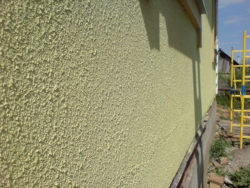 Such a composition is devoid of the main disadvantage of mineral plaster - it elasticTherefore, even when the building shrinks, cracks will not appear on it. Plus, acrylic plaster has a higher durability (up to 18 years), resistant to frost and moisture, but will cost a little more than mineral. Often, acrylic plaster is used together with insulation from polystyrene foam. The disadvantages also include flammability material, so use it, for example, with mineral wool not allowed. The surface attracts dust well, but it is not easy to wash it, so the facade will require either constant careful maintenance, or quickly lose its original appearance.
Such a composition is devoid of the main disadvantage of mineral plaster - it elasticTherefore, even when the building shrinks, cracks will not appear on it. Plus, acrylic plaster has a higher durability (up to 18 years), resistant to frost and moisture, but will cost a little more than mineral. Often, acrylic plaster is used together with insulation from polystyrene foam. The disadvantages also include flammability material, so use it, for example, with mineral wool not allowed. The surface attracts dust well, but it is not easy to wash it, so the facade will require either constant careful maintenance, or quickly lose its original appearance.
Silicate Plaster
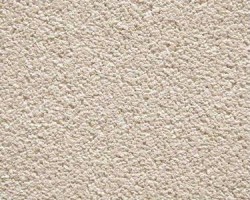 The material is produced using potash glass, to which it owes its excellent performance. it the most durable type of plaster, and the facade can last up to 30 years. Material elastictherefore, cracks during shrinkage will not appear, it does not attract dust very much, and the dirt that nevertheless sticks, is easily washed off the facade surface during rain. Of course, like all other types of plasters, the material is resistant to moisture, temperature extremes and sunlight.
The material is produced using potash glass, to which it owes its excellent performance. it the most durable type of plaster, and the facade can last up to 30 years. Material elastictherefore, cracks during shrinkage will not appear, it does not attract dust very much, and the dirt that nevertheless sticks, is easily washed off the facade surface during rain. Of course, like all other types of plasters, the material is resistant to moisture, temperature extremes and sunlight.
Among the disadvantages - high price, limited choice of colors and the need to very quickly apply plaster on the walls of the house, so often you can’t do it yourself - you will have to call a team of specialists, and this is an additional waste. In addition, a special primer will have to be used for the material.Polyfoam as a heater is not suitable. Please note that indoor decoration cannot be applied - it is used only for the arrangement of facades.
Silicone plaster
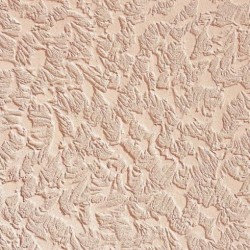 Silicone plaster there are practically no flaws, if you do not take into account the price. This is a durable material that will last several decades. It is very wear-resistant, vapor-permeable, moisture resistant, non-combustible, can be used with any type of insulation. Such plaster is practically not contaminated and easily self-cleaning, does not absorb dust and salts, therefore it can be used in any climatic conditions and can be used for cladding the facades of houses located near busy roads. The material is relatively easy to apply to the surface.
Silicone plaster there are practically no flaws, if you do not take into account the price. This is a durable material that will last several decades. It is very wear-resistant, vapor-permeable, moisture resistant, non-combustible, can be used with any type of insulation. Such plaster is practically not contaminated and easily self-cleaning, does not absorb dust and salts, therefore it can be used in any climatic conditions and can be used for cladding the facades of houses located near busy roads. The material is relatively easy to apply to the surface.
No. 2. Natural and artificial stone
A rock It has no competitors among other facade materials in terms of durability and reliability, and is considered one of the leaders in its decorative qualities. Natural stone is a very expensive pleasure, so often the owners of private houses veneer only part of the facade, combining it with other materials, or use decorative stone. The latter has operational qualities almost identical to natural stone, but it is cheaper, and even weighs less, which is important.
Benefits:
- durability and practicality. Once you spend money on decorating with stone, and you can not remember the repair of the facade of the house for decades;
- aesthetic appearance. Using different types of stone, you can translate into reality any design idea, and the house will always look great;
- environmental friendliness;
- resistance to moisture, temperature extremes, sun rays;
- resistance to mechanical stress.

Of disadvantages only high weight of natural stone and high cost can be noted. Even decorative stone, which is much cheaper than natural, will cost more than most other facade materials.
Many are suitable for the decoration of facades. natural stone. More often than others, granite, gabbro, quartzite, marble, slate, sandstone, limestone, dolomite are used. Decorative rock can imitate any breed: the market is full of materials of different colors and textures. A decorative stone is mounted on an adhesive basis or as a ventilated facade.
If you decide to use natural stone, we recommend that you contact Atlant Granite.
No. 3. Facing brick
Among the most popular materials for facade decoration has always been and is brick. It’s clear that for these purposes it’s not a usual construction but a special decorative brickcalled front, facing or front.
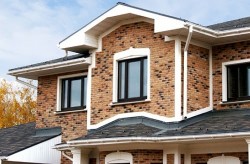 Depending on the composition and method of production, facing brick is divided into the following groups:
Depending on the composition and method of production, facing brick is divided into the following groups:
- clinker;
- ceramic;
- hyperpressed;
- silicate.
Each of these types has its own operational qualities, but their excellent appearance combines them, a wide variety of shades, textures (can be glazed, with mineral chips or a matte surface) and shapes (there is a brick in the shape of a parallelepiped, but there is a shaped in a curly shape). In addition, all bricks have excellent performance. resistance to negative environmental factors.
Brick brick
Quite expensive clinker brick obtained from special plastic clay varieties by pressing and burning. Natural colorant may be added to the mass. In terms of aggregate performance, this is the best option for facing bricks.
Benefits:
- high mechanical strength;
- durability;
- frost resistance. The material easily withstands up to 300 freezing / thawing cycles without loss of basic properties;
- resistance to direct sunlight and high temperatures;
- resistance to aggressive substances;
- low coefficient of water absorption;
- environmental friendliness;
- esthetics and a wide choice;
- special care and maintenance are not needed - the facade is easy to wash.
Among cons high price, considerable weight and difficult installation. An alternative to this material is brick tile, which is made almost according to the same principle, can have a lot of options for relief and color, but at the same time it has a small thickness, and therefore less weight.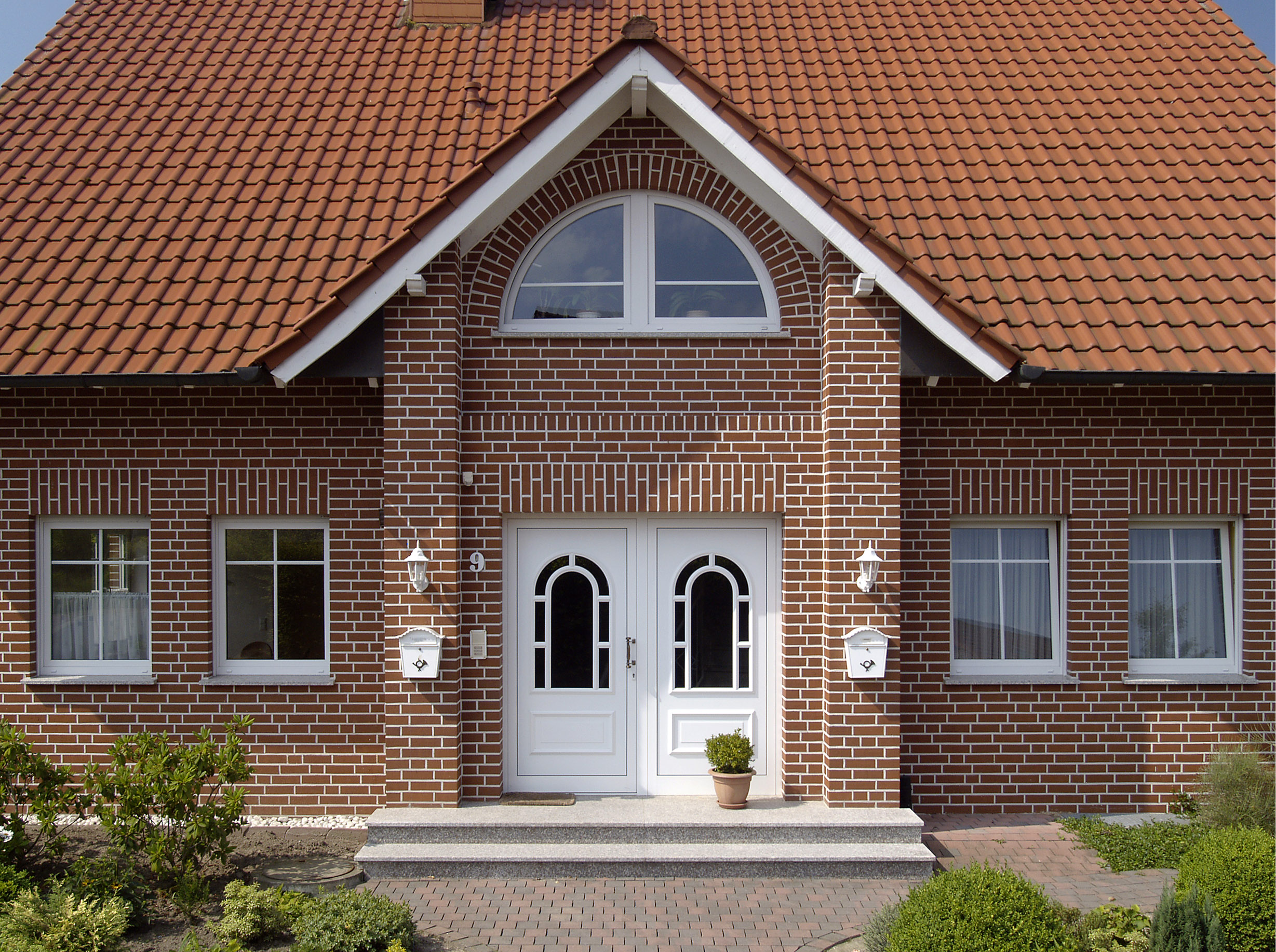
Ceramic brick
Ceramic brick made from clay by burning it is well known to each of us. Its facing variety is striking in a wide variety of colors and textures, but this is not the only advantage of the material.
Benefits:
- durability;
- environmental friendliness;
- good sound and heat insulation characteristics;
- resistance to temperature extremes, sunshine, fire;
- relative cheapness.
disadvantages:
- not always accurate geometry;
- limestone blotches may be present, which, when absorbed in moisture, will be more dark in color;
- the possibility of shedding or destruction if mistakes were made in the choice of solution, brand of product or installation;
- high level of water absorption, which can reach 10%, reducing the frost resistance of the product.

Hyper pressed brick
Such material is obtained using cement, shell rock and some special additives by the method of semi-dry pressing. Outwardly, it resembles a ceramic brick, but in many ways it is ahead of it.
Benefits:
- durability and strength;
- good geometry;
- frost resistance;
- a large assortment;
- simplicity in processing.
The water absorption of such a brick at an average level is about 5-6%, and the obvious disadvantages of the material include high thermal conductivity, the ability to change color and heavy weight over time, which affects transportation.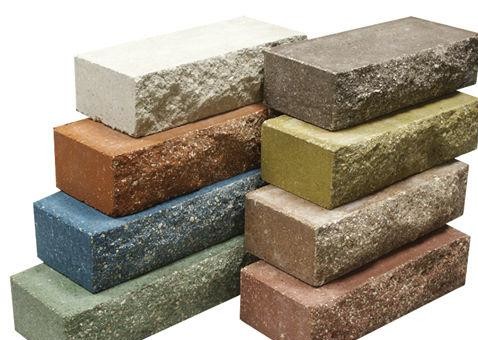
Silicate brick
Facing silicate brick is made of cement-sand mixture by autoclaving, special additives can be used. Due to the ease of production and low cost of raw materials, silicate brick is considered one of the most affordable materials among other types of bricks.
Benefits:
- high strength;
- exact geometry;
- environmental friendliness;
- good soundproof qualities;
- low price.
disadvantages:
- Compared to other types of facing bricks, silicate bricks have not the best decorative qualities;
- heavy weight;
- low thermal insulation qualities;
- high level of water absorption (more than 15%);
- low frost resistance.

Number 4. Facade porcelain tile
Porcelain Tilesobtained from clay silica sand, feldspars and water by the method of semi-dry pressing, is one of the most durable materials for decorating the facade of a private house, and in terms of performance, it is practically not inferior to stone. For facing a private house is suitable porcelain tile at least 12 mm thick, and preferably 14-16 mm.
Benefits:
- durability and strength, resistance to abrasion and mechanical damage;
- absolute moisture resistance. Porcelain tile does not absorb moisture, has high frost resistance;
- resistance to extreme temperatures and temperature extremes;
- preservation of the original appearance during the entire period of operation;
- a wide variety, the presence of many shades and textures, the ability to imitate stone, wood and other noble materials. Matte, glossy (with a wax shine), glazed, polished, polished, structured and mosaic porcelain tiles are available, so there will be plenty to choose from.

disadvantages:
- heavy weight;
- high price;
- specific installation. Due to the weight and low hygroscopicity, it will not work to use cement mortar for the installation of ceramic granite tiles - you will need either special glue or a metal frame.

No. 5. Ceramic facade tile
Ceramic facade tiles are another popular way to organize the facade of a house.The material has earned wide popularity due to its excellent performance and decorative qualities. From the tile that is used indoors, the facade analog is less porous, due to which less water absorption is ensured.
Benefits:
- durability;
- widest assortment. You can find tiles of any size, color and texture, as well as imitating stone, brick and other materials;
- resistance to negative environmental factors;
- fire resistance;
- relatively light weight.
You can mount the tile in a “wet” way, as well as equipping a ventilated facade.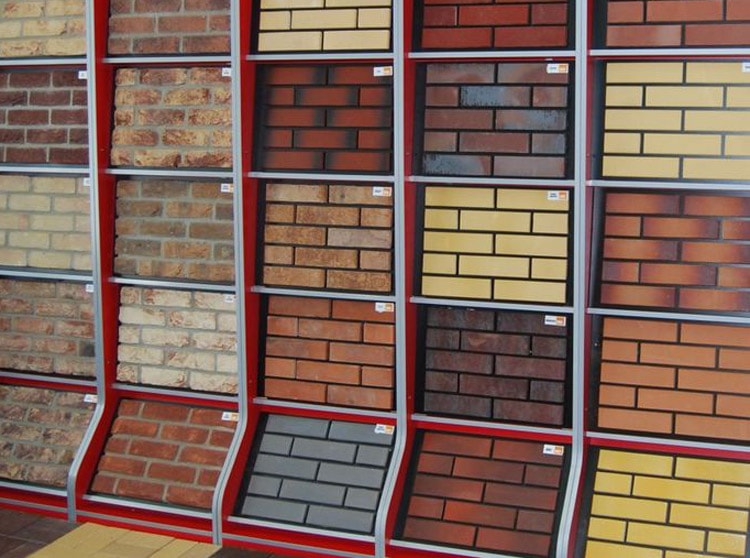
No. 6. Concrete facade tile
The material is made on the basis of cement, quartz sand, filler and additives.
Benefits:
- durability and moisture resistance;
- strength and stiffness;
- big choice;
- relatively low price.
disadvantages:
- poor resistance to temperature extremes;
- large tiles are too heavy for wet installation;
- there are many low-quality products with inaccurate geometry on the market.

Number 7. Decorative siding
Siding is one of the most inexpensive, easy to use and modern materials for the facade of the house. It has excellent decorative qualities, is sold in a wide assortment, and boasts decent durability (up to 50 years), excellent sound and heat insulation qualities. Siding can be used to veneer any surface and even ennoble a long-built house.
The main types of decorative siding:
- vinyl;
- wooden;
- metal;
- cement.
Vinyl siding
Made from polyvinyl chloride, it can imitate stone, brick, wood and other natural materials. Vinyl siding - one of the most popular materials for facade cladding, is used in domestic private construction most often.
Benefits:
- long service life;
- resistance to temperature extremes, fire, sun rays, corrosion;
- low weight;
- wide range of;
- simplicity of installation and operation.

Often the advantages include resistance to mechanical damage, but a strong blow can violate the integrity of the material. Among disadvantages a large coefficient of linear expansion, which must be taken into account during installation, low thermal insulation qualities and the difficulty of replacing a damaged element in case of repair.
Separately, it is worth highlighting base siding. It is completely identical to vinyl, but has an increased thickness: 3.5 mm versus 0.7-1.2 for conventional PVC siding. Due to this, the resistance to mechanical damage increases, which makes the material one of the best in terms of price and quality for equipping socles of private houses.
Wood siding
Panels wood siding made from antiseptic treated or dried wood. Profile - wooden beam or board.
Benefits:
- excellent appearance;
- naturalness;
- ease of installation;
- ability to withstand low temperatures;
- good heat-insulating qualities.

Cons the material has enough: high price, short service life, the need to constantly process the material with protective substances and the ability to easily ignite, but beauty requires sacrifice, so wooden siding is used in facade cladding. Today also available wood pulp siding, which is devoid of some of the shortcomings of the wooden counterpart, but still does not shine with high durability.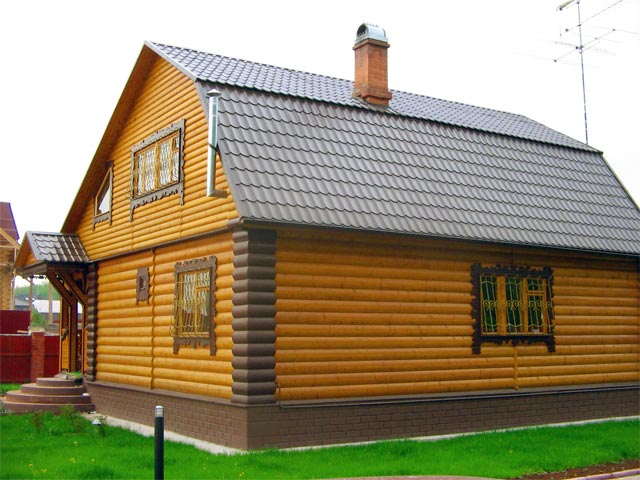
Metal siding
It is made of aluminum or steel, which is coated with a layer of primer and polymer coating. Aluminum siding in private construction is used infrequently due to the high price. For facing the house, they are better suited steel sheets with a zinc protective layer and a polymer or powder coating.
Benefits:
- strength;
- durability (up to 50 years);
- resistance to temperature extremes;
- incombustibility;
- resistance to any weather vagaries;
- high esthetics;
- relative ease of installation.
In addition, metal siding due to protective coatings is resistant to corrosion, but if such a coating is damaged, rust should be expected. Naturally, there is no need to talk about heat and sound insulation qualities.
Cement siding
The material is obtained by mixing and compressing cellulose fibers and cement. Cement siding in its decorative and operational qualities can replace stone.
Benefits:
- high strength;
- resistance to rainfall, sunshine, high and low temperatures;
- fire resistance.
Among cons heavy weight, installation complexity, high cost and an insufficiently wide selection of colors and textures.
Number 8. Sandwich panels
Sandwich panels are a multilayer material consisting of two layers of hard material (usually a metal) and a layer of insulation between them. This whole “sandwich” is connected by hot pressing, the surface of the panels can be smooth, embossed or decorative.
Benefits:
- excellent appearance;
- light weight;
- resistance to moisture and fire;
- good soundproof properties;
- high maintainability of the facade of the sandwich panels;
- high installation speed.
Of the minuses, only a high price.
No. 9. Front cartridges
Metal facade cassettes today are widely used for facing facades of office buildings, but recently they are also used in private construction. The material is easily recognizable by its characteristic appearance: these are square or rectangular elements made of metal (steel, aluminum, less often copper) with a polymer coating.
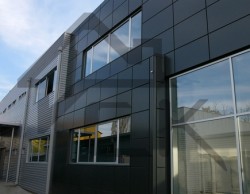 Benefits:
Benefits:
- high reliability and durability;
- aesthetics;
- large selection of sizes and colors;
- resistance to negative environmental factors and fire.
Metal cassettes can be used for cladding old and only erected buildings, mounted on a frame. The only negative is the high price.
No. 10. New and Unapproved Materials
In addition to those materials that have already become traditional in the field of facade cladding, there are more innovative and somewhat even more progressive ones. The most interesting of them:
- concrete siding. It is made from cement, sand and dyes. The material has a beautiful appearance and a pleasant rough surface, it is durable, but quite heavy, so it will require reinforcement foundation;

- clinker thermal panels consist of ordinary clinker tiles and a deposited layer of expanded polystyrene, and this is an excellent insulation. With external attractiveness, such a finish becomes an additional heat insulator. The disadvantage is the high price;

- glass panels - A popular option for shopping centers and office buildings. For the arrangement of a private house is suitable only if you like bold solutions.

The choice of finishing material for the facade should be preceded by a multivariate analysis, including climatic features of the region, type of house, features of the style of the site, own preferences, wall material, own requirements and preferences. Fortunately, there is plenty to choose from.


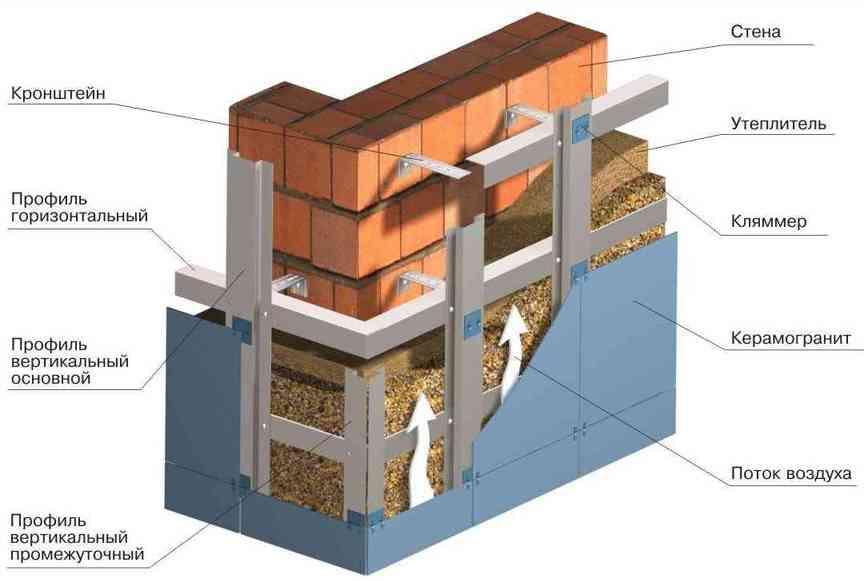
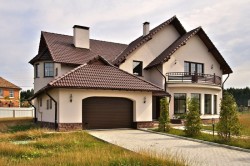
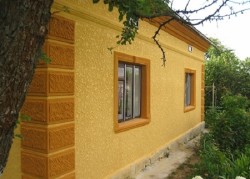

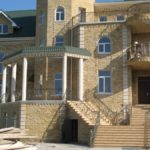
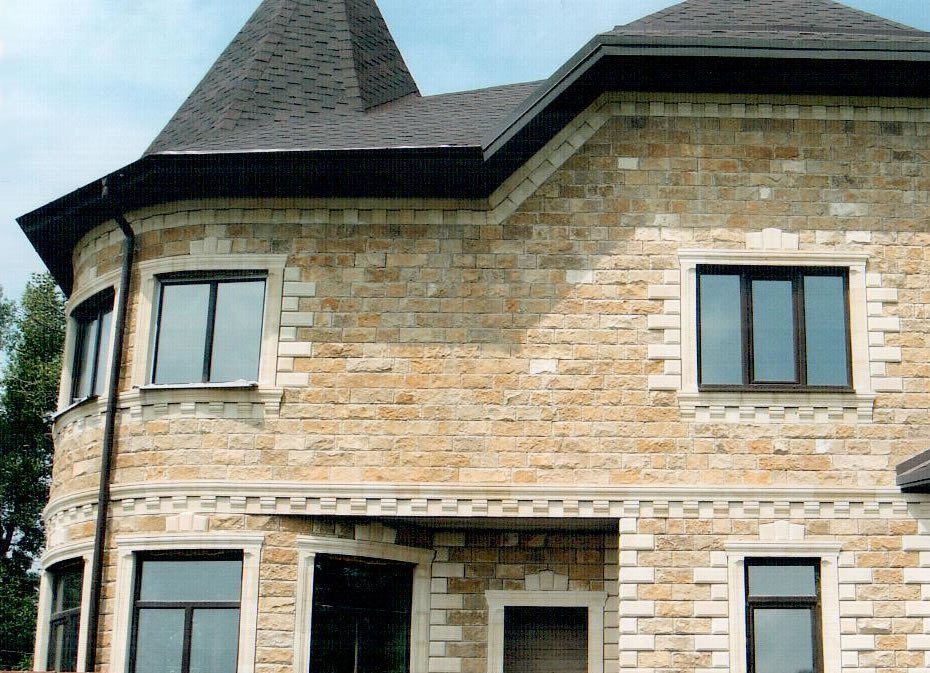

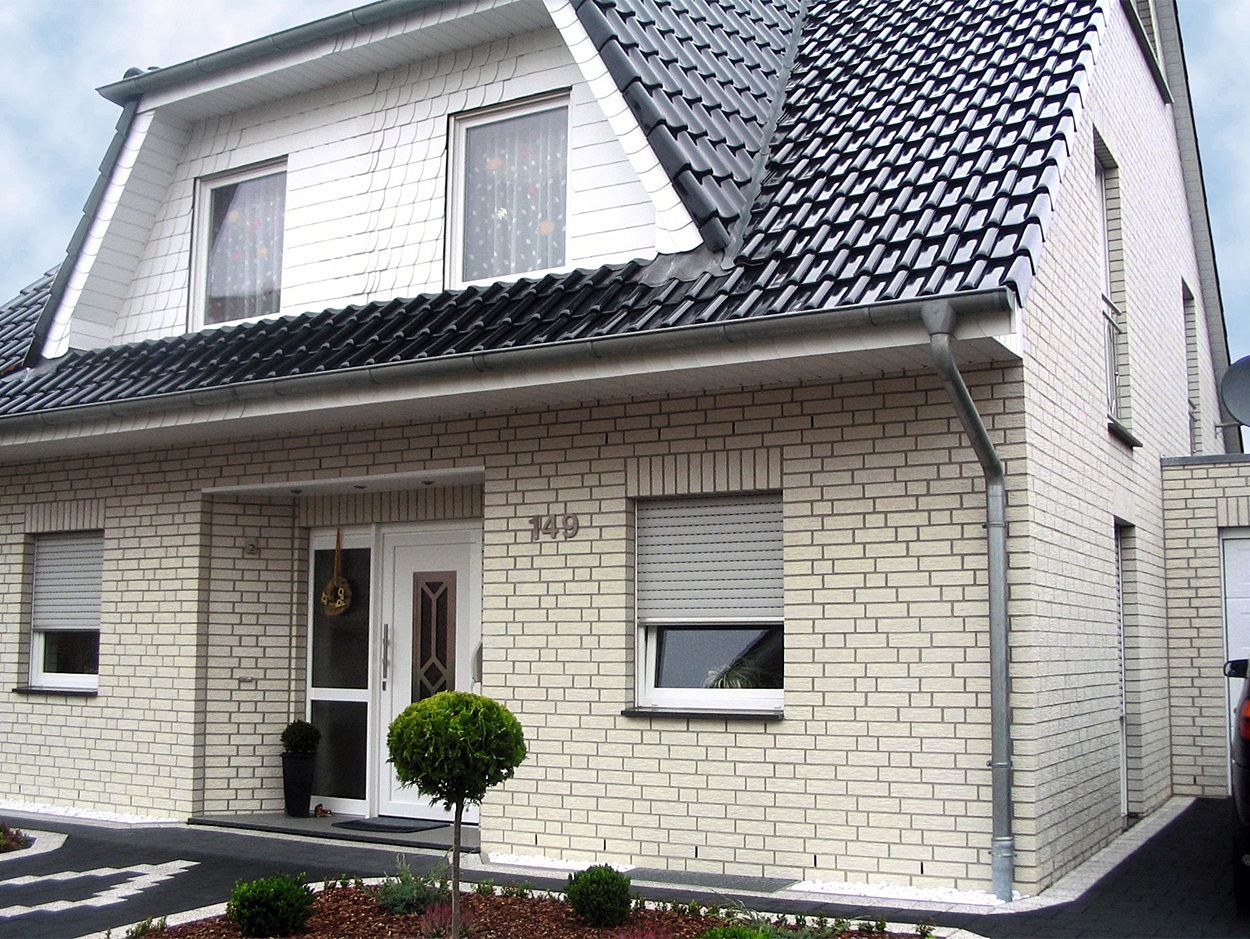



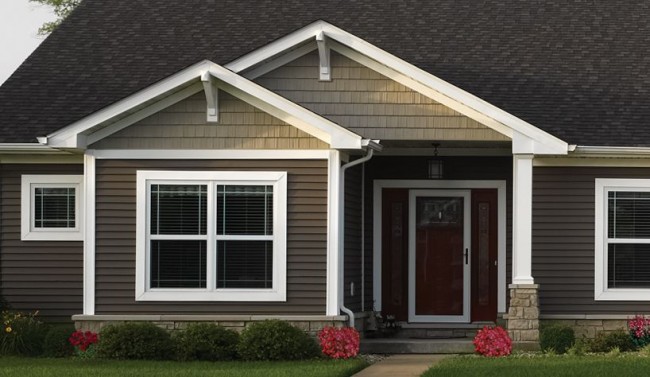
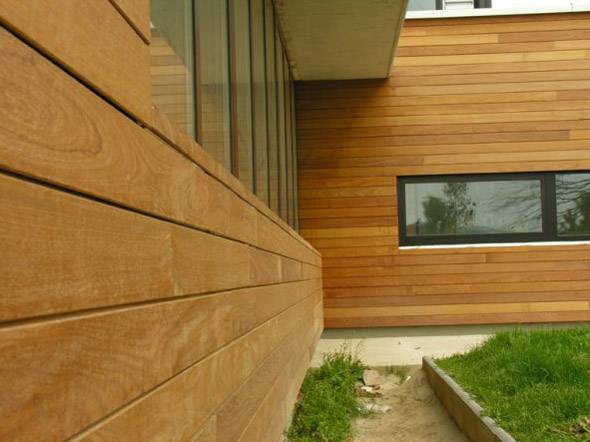
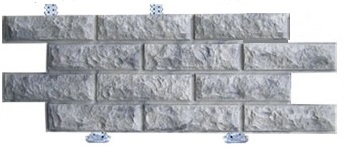


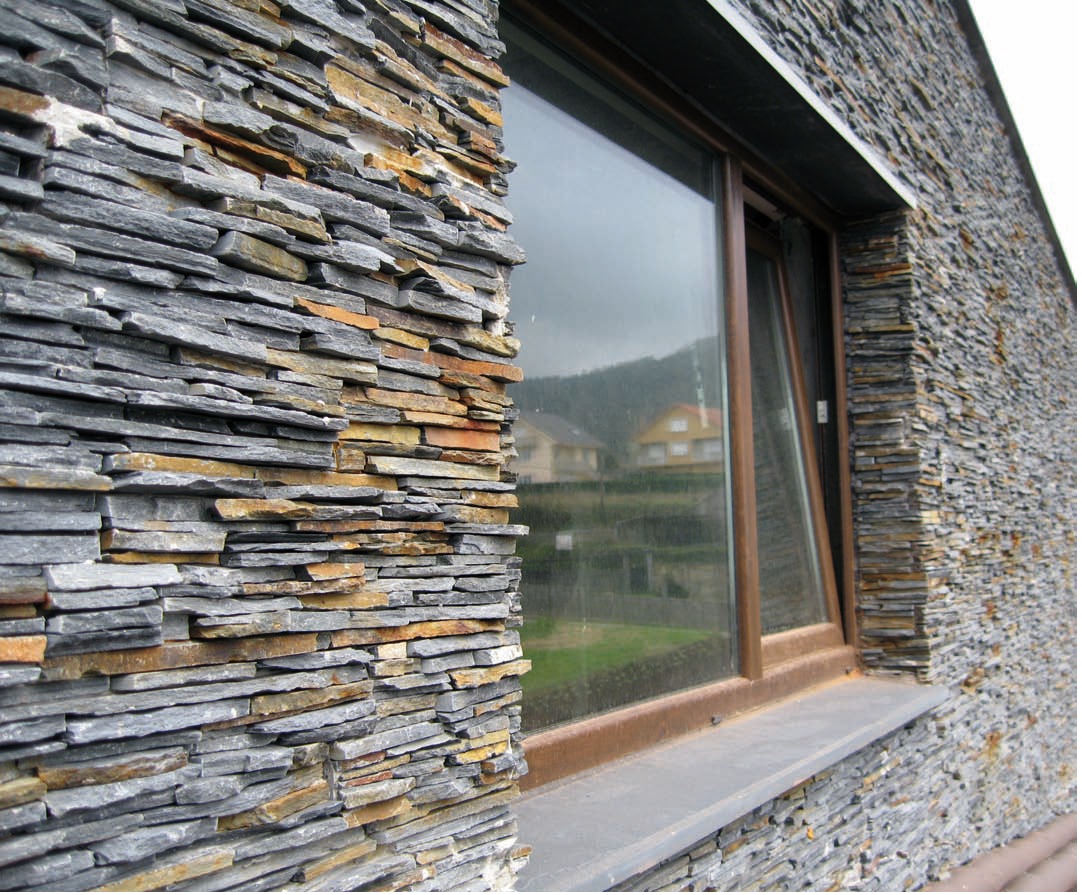
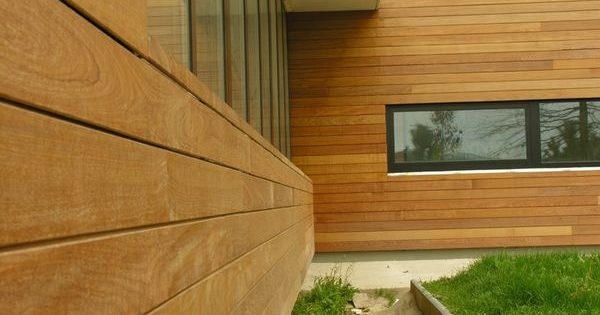
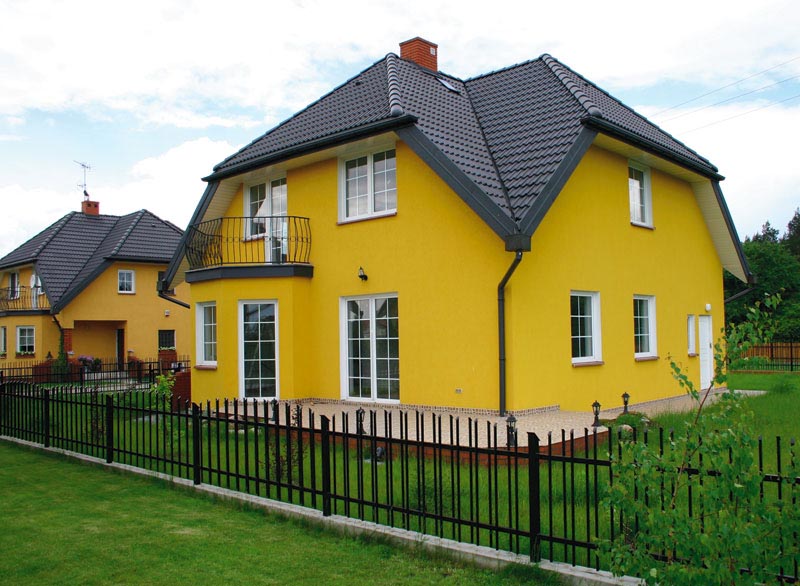
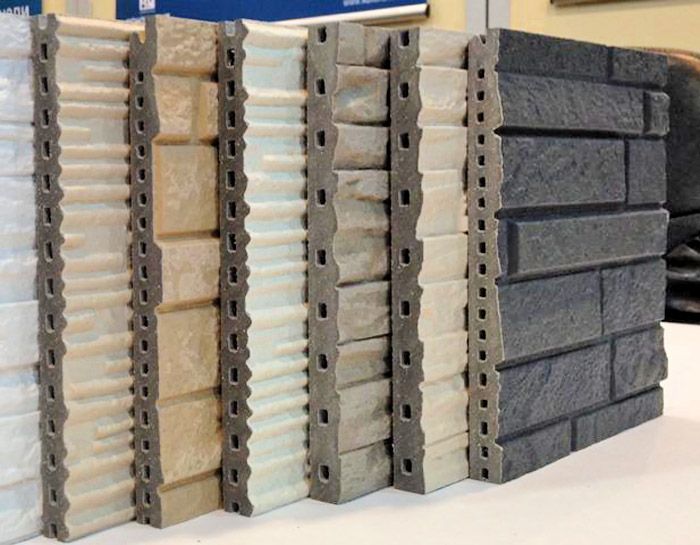
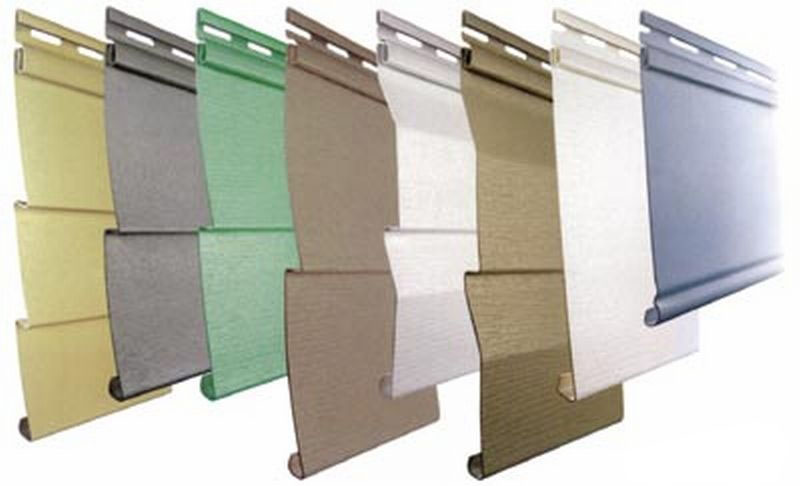
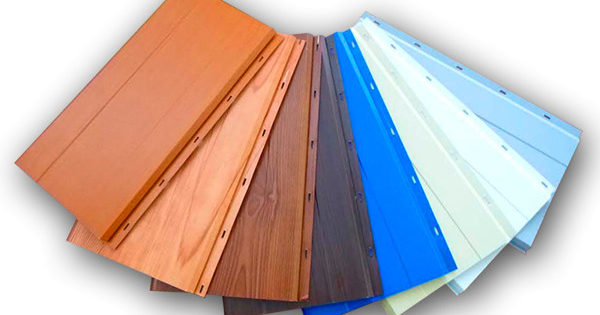
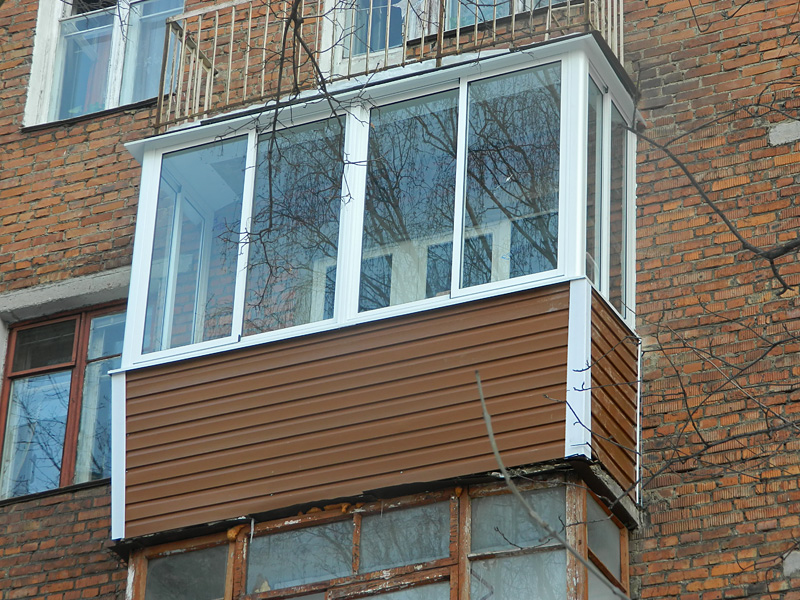

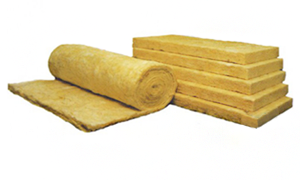
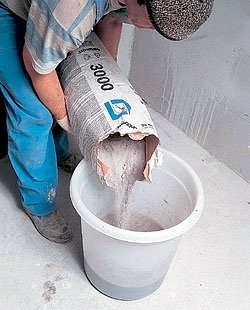
We have to do siding finishes. A wooden house is, in my opinion, the most acceptable way.
Siding is good material, it’s not for nothing that they finish the finish. When buying a house with us, siding was included.Lining I somehow less trust.
Of course there are many types of finishes. By and large, the choice of material will depend on finances. The more of them, the greater the selection of materials and design projects for your home. Siding is interesting, but it’s plastic, which “walks” under the influence of temperatures. And then if you are touched harder or the children hit with something - everything needs to be changed panels. Plasters and tiles are an eternal theme. A tree under the influence of the sun as you do not process it dies.